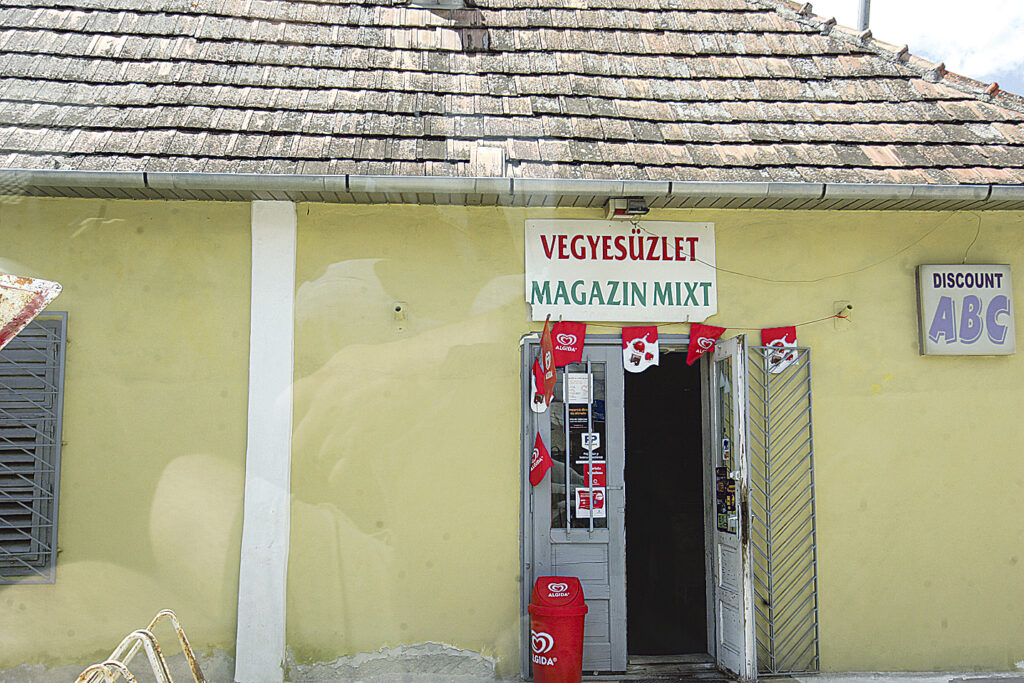REALISM Even if Europe hosts more and more separatist movements, the project of granting a large autonomy to the central Romania region inhabited by a Hungarian majority has small chances to succeed due to its economic underdevelopment
In 2011 (the year since the latest regional data are available), Spain had a GDP per capita (adjusted with the purchasing power standards – PPS) of 24,200 euros (96% of the European Union average). Its two separatist regions had a GDP per capita in PPS of 28,400 euros (113% of the EU average) for Catalonia and 32,500 euros (130% of EU average) for Basque Country. Belgium’s Flemish region had, in the same year, a GDP per capita in PPS of 30,100 euros (120% of the EU average), significantly more than the 22,000 euros calculated for the French half of the country (which only reached 88% of the European average).
A similar case was in Italy, where the ethnic autonomous regions Valle d’Aosta, Bolzano or Trento had GDPs per capita between 122% and 147% of the EU average, considerably above the national GDP (which was only 102% of the continental average). And in Finland too, where the Swedish autonomous region Aland has a much bigger GDP than the national average.
A stillborn project
In the past years, Romania got a place on the map of the not so few European states which are confronting separatist tendencies. The Szekler Land, comprising the most part of the Harghita and Covasna counties and the South Eastern part of the Mures County, a region inhabited mostly by Hungarians, is indicated often and often by the leaders of the Hungarian community in Romania as being entitled to a larger autonomy. After flags being unfurled on public institutions in the region, after meetings and rallies and after an unofficial referendum regarding the autonomy, Kelemen Hunor, the President of the Democratic Alliance of Hungarians in Romania (UDMR), has recently announced a draft regarding the autonomy of the Szekler region has been drawn. “The autonomy draft is ready. We still discuss it inside UDMR and when the talks end we will publish the document. A large and profound public debate should follow. Neither this project and nor other similar projects have no chances of being adopted without a new Romanian Constitution”, Hunor said.
But it’s not the current Romanian Constitution, which doesn’t allow ethnic autonomy, which is the real obstacle on the way towards the Szekler Land autonomy. The biggest problem is in fact the low economic results. Unlike most autonomous regions in the EU, the Harghita and Covasna counties are dependant on the central budget (in other words, they receive more money from Bucharest than they send there as collected taxes). In the meantime, most economic indicators for the two counties are below the national average.
Problems after problems
For example, in 2011 the GDP per capita was of 6,500 euros in Romania, but only about 4,800 euros in Harghita and Covasna. The two counties only were accountable for a little bit over 1% of the Romania’s exports in 2013 (about 600 million EUR from a total of about 50 billion EUR). It’s not even surprising taking into account that between 1991 and 2013 the foreign direct investments in the region computed by the Trade Register amounted 200 million EUR (about 0.5% of the FDI in Romania in the same period). Under these circumstances, the unemployment rate couldn’t be too small either. At the end of July 2014, it was 5.4% in Harghita and 6.6% in Covasna, compared to the national average of 5.1%.
Not even the only sector where the two counties are said to be doing well (the tourism) is not actually sparkling. In 2013, there were 113,000 tourists registered in the accommodation facilities from Harghita and 83,000 in Covasna. They represented about 2.5% of the 7.9 million tourists registered at national level. Considering the population of the two counties (a little bit over 0.5 million people) accounts for about 2.5% of Romania’s population, but also that there are numerous counties (especially in Southern Romania) with almost no tourists, it means that Szekler Land’s tourist statistics are in fact bad.
The not so great economic results have consequences in terms of living conditions – the national average net monthly salary was in May 2014 of 1,460 RON, while in Covasna it only reached 1,195 RON and in Harghita – 1,081 RON. The average pension was also under the national average in the two counties (around 805 RON compared to 845 RON at country level).
Szeklers vs Scots
There are of course separatist regions in Europe which have worse economic performance than the national averages. The most known examples are Corsica (the Mediterranean island had in 2011 a GDP per capita in PPS of 91% of the EU average, while in France it was 109%) and Scotland. The latest, an autonomous region so far, had in the same year a GDP per capita in PPS of 98% of the European Union average, as compared to 105% for the whole United Kingdom. But the small gap didn’t discourage the Scottish nationalists, so they managed to organise an official referendum for full independency which will take place on 18 September.
But the big difference between Corsica or Scotland and the Szekler Land is the former have a level of economic development and enough natural resources in order to be self-supporting without Paris’ or London’s intervention. For Harghita and Covasna, this is for the moment just a dream.

